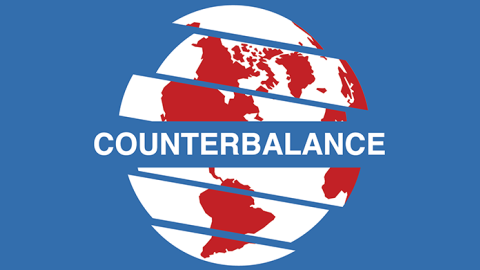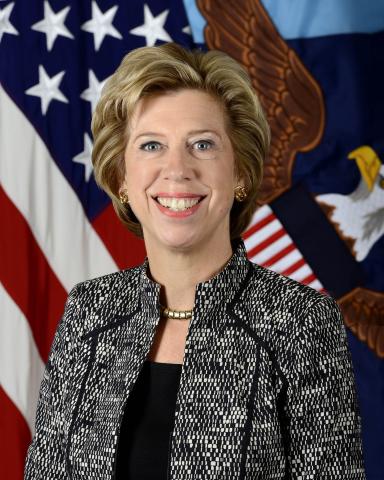The first installment of the Washington Post blockbuster, "Top Secret America," by Dana Priest and William Arkin, two years in the making, is finally out today. It paints a surprisingly unsurprising picture of duplication and triplication in the intelligence world.
The story had provoked alarm among officials, and in some conservative quarters, that vital secrets would be spilled. "Is Wash Post harming intelligence work?" asked the Washington Times on Friday. For its part, the Office of the Director of National Intelligence even put out a preemptive memo: "We will want to minimize damage caused by unauthorized disclosure of sensitive and classified information."
But in an editors' note, the Post explains:
__because of the nature of this project, we allowed government officials to see the Web site several months ago and asked them to tell us of any specific concerns. They offered none at that time. As the project evolved, we shared the Web site's revised capabilities. Again, we asked for specific concerns. One government body objected to certain data points on the site and explained why; we removed those items. Another agency objected that the entire Web site could pose a national security risk but declined to offer specific comments.__
Indeed, it is hard to spot anything particularly damaging in the story. Its massive database and accompanying map of top-secret facilities in the United States, available on the Web, have been compiled from open-source material.
Leaks of highly classified information can pose a serious threat to our security. But in foreign policy reporting, leaks are also the coin of the realm. Some of them pose no danger at all. Indeed, they are a principal channel by which the public is informed, which is why the subject is so contentious. In this particular instance, there does not even appear to have been a leak. There is nothing top secret about "Top Secret America" (at least in its first installment). In this respect it is a case of false--and very smart--advertising.














